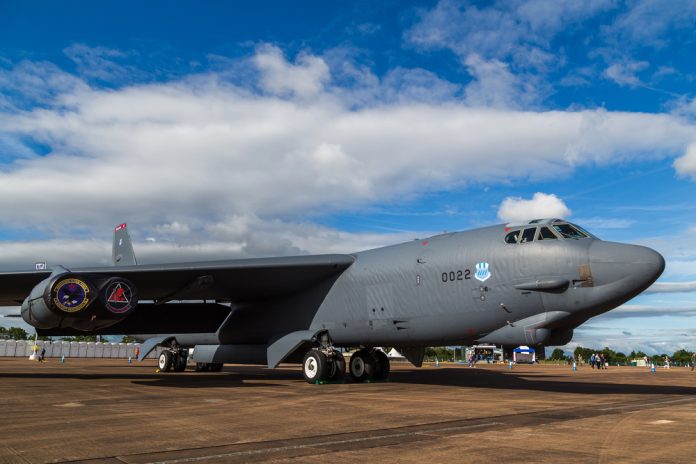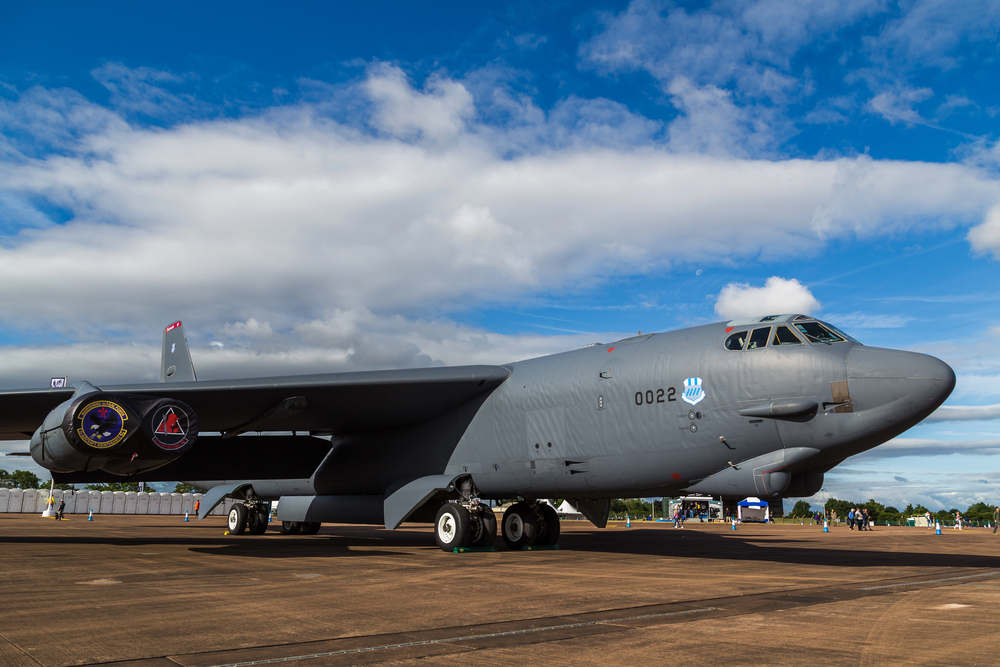
It began in 1955 as a Cold War sentinel, a subsonic giant designed to carry nuclear firepower across continents. Seven decades later, the B-52 Stratofortress is being reimagined not as a relic, but as a launch platform for some of the most advanced weapons ever built, with upgrades that could keep it flying into its 100th year.
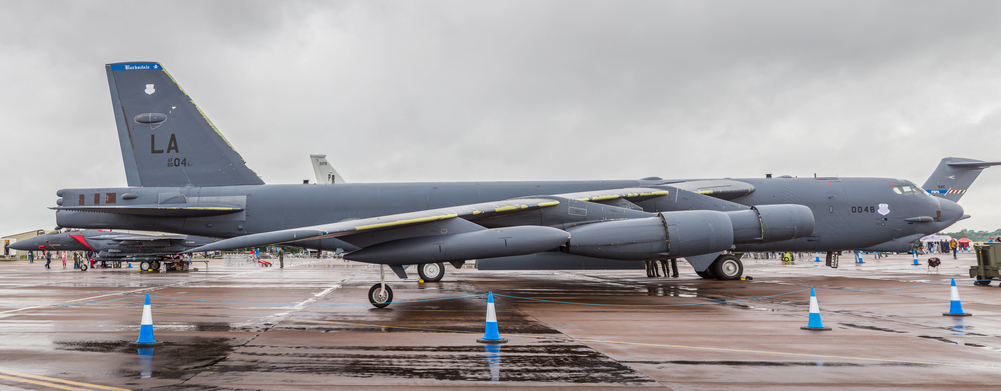
1. A Payload Without Peer
The B-52H’s structural configuration is still unparalleled in payload versatility. With a 70,000-pound capacity, it can carry anything from unguided gravity bombs to AGM-158 Joint Air-to-Surface Standoff Missiles and nuclear-armed air-launched cruise missiles. Navy mines, cluster bombs, precision-guided JDAMs, and the Miniature Air-Launched Decoy all find homes within its loadout.
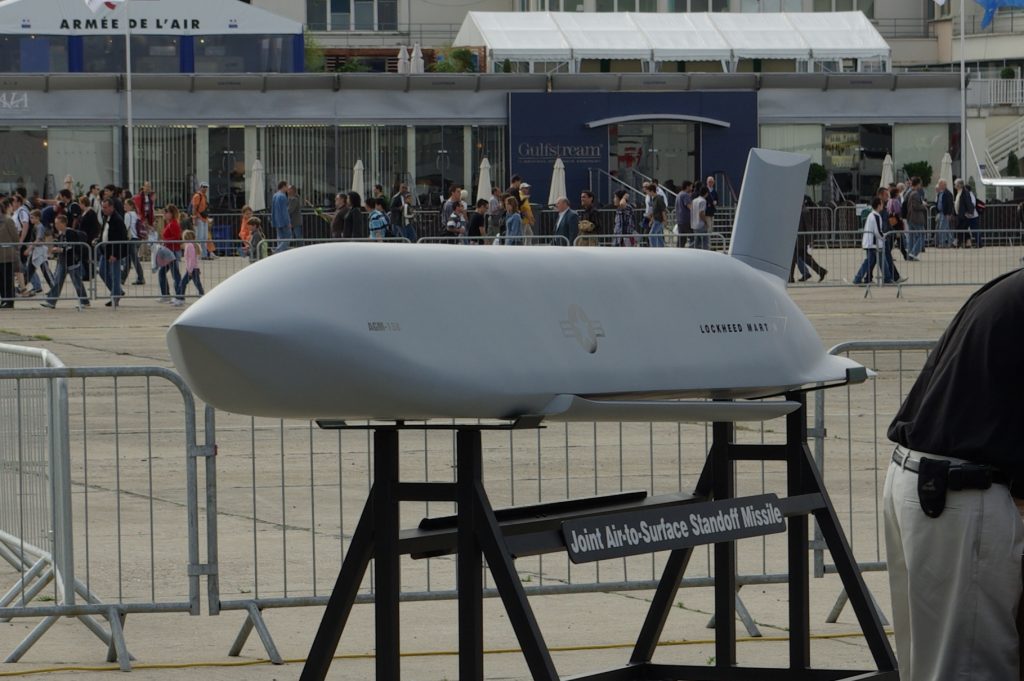
This range of compatibility has rendered it the most versatile bomber in American history, able to transition between nuclear deterrence and conventional strike missions without requiring structural modification.

2. The Hypersonic Shift
The next step is the addition of the Hypersonic Attack Cruise Missile (HACM), a scramjet-fueled weapon capable of breaking Mach 5. In contrast to boost-glide vehicles, HACM’s air-breathing engine maintains hypersonic velocity inside the atmosphere, allowing for maneuverability that makes it harder to intercept. Raytheon is developing this with Northrop Grumman providing the scramjet under a $1.4 billion rapid prototyping project. Hardware finalization delays cut scheduled flight tests from seven to five prior to first fielding in FY 2027, but the Air Force maintains this will still provide “sufficient confidence in the missile to declare it operational.”
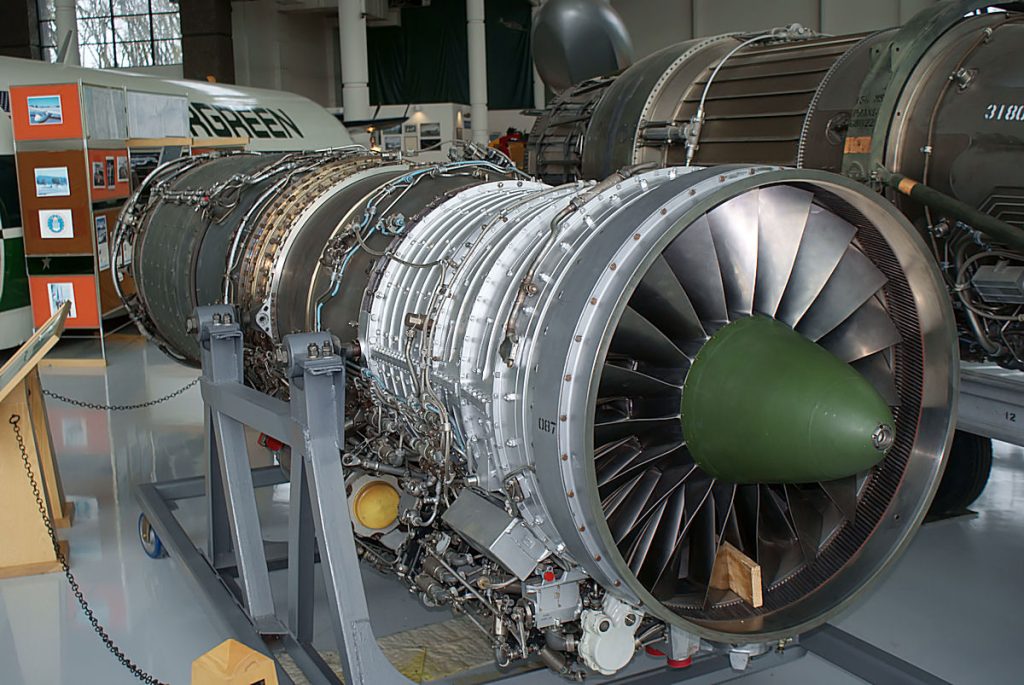
3. Engineering for a Century of Flight
More than routine maintenance is required to keep an airframe in operation for almost 100 years. Fatigue analysis, corrosion control, and avionics modernization are at the heart of the B-52J upgrade program. The Commercial Engine Replacement Program will replace aging TF33 turbofans with Rolls-Royce F130s, increasing fuel efficiency, unrefueled range over 8,800 miles, and lowering maintenance requirements. New engine pylons and digital controls will tie directly into the bomber’s current wing structure, itself a result of overengineering that has defied obsolescence.
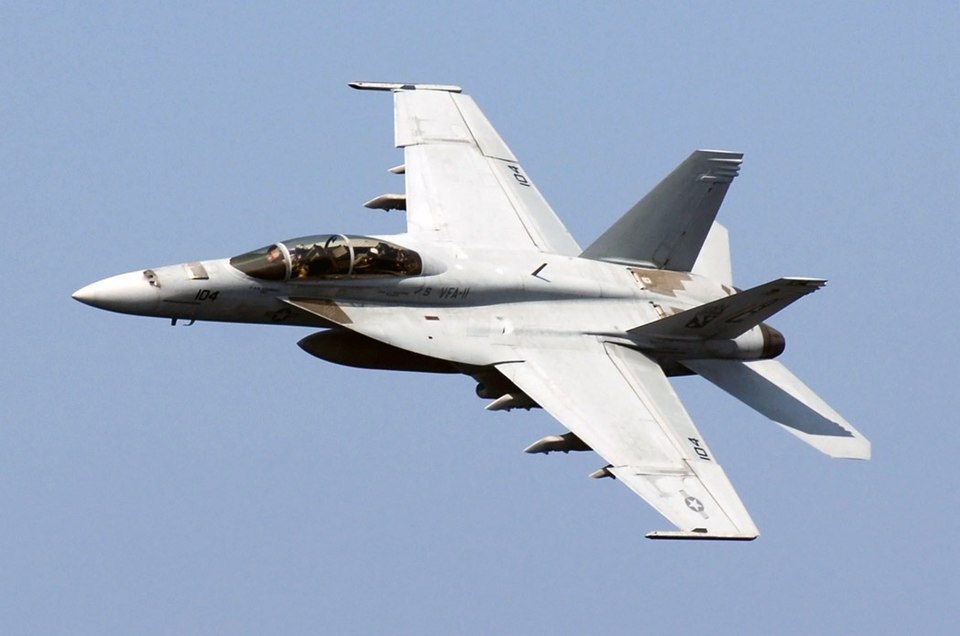
4. Radar Renaissance
An important part of the B-52J upgrade is the Raytheon AN/APQ-188 AESA radar, which was taken from the AN/APG-79 employed in the F/A-18E/F. This equipment provides high-resolution mapping of the ground, long-range detection of air targets, and possible electronic warfare capabilities. But the Radar Modernization Program has caused a “significant” Nunn-McCurdy cost overrun of about 17 percent. Technical challenges, such as radome shaping to maintain performance, have taken initial operational capability out to 2027, with full fleet integration potentially stretching into the 2030s.
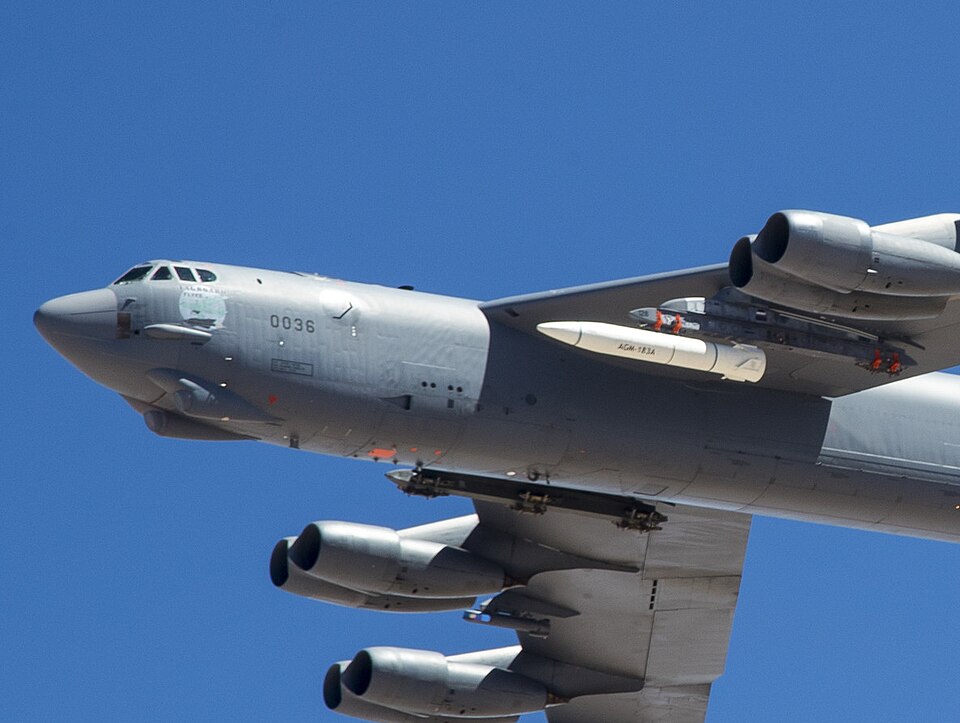
5. Hypersonics and Stand-Off Strategy
The B-52’s non-stealthy design renders it a perfect hypersonic launch platform. By launching missiles such as HACM or the AGM-183A ARRW beyond hostile air defense perimeters, the bomber can reach targets 1,000 miles away within minutes. As Col. Trey Morriss explained of previous stand-off missions, “We proved that we were on the threshold of a new type of modern warfare with GPS-guided weapons.” Hypersonics shorten the kill chain, giving adversaries little time to react.
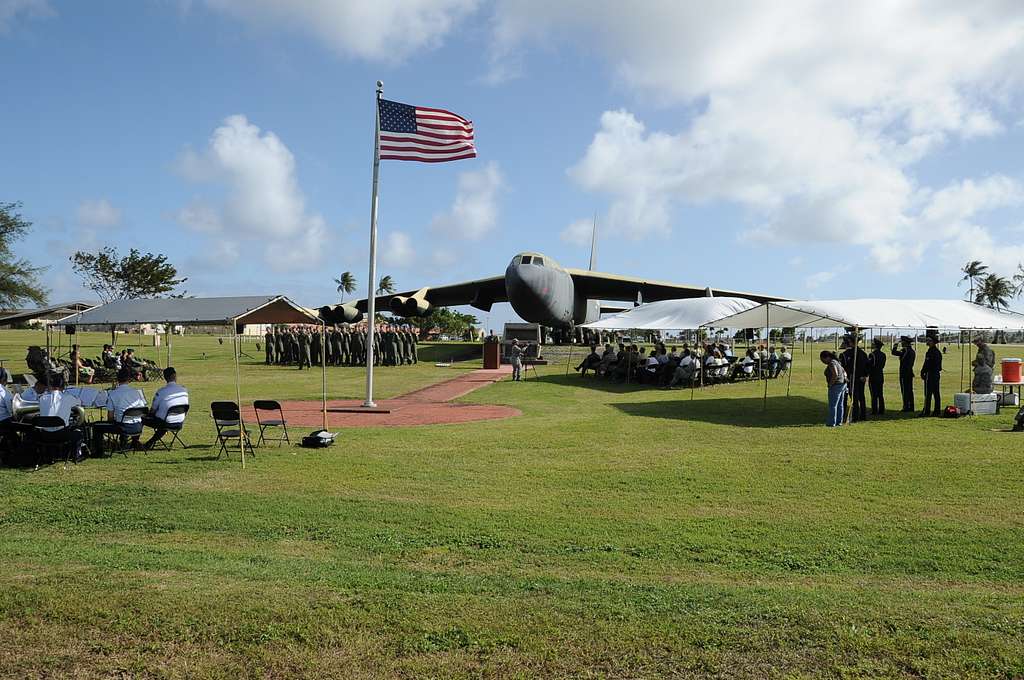
6. Combat Endurance Lessons
From Operation Linebacker II in Vietnam to the 35-hour, 14,000-mile “Secret Squirrel” Desert Storm opening mission, the B-52 has proven mission endurance to an extreme. These operations taught physiological training, crew rotation policies, and systems reliability procedures necessary for future long-range hypersonic missions. B-52s conducted 1,620 sorties during Desert Storm, delivering 40 percent of coalition ordnance a logistical and operational accomplishment still analyzed in bomber doctrine.
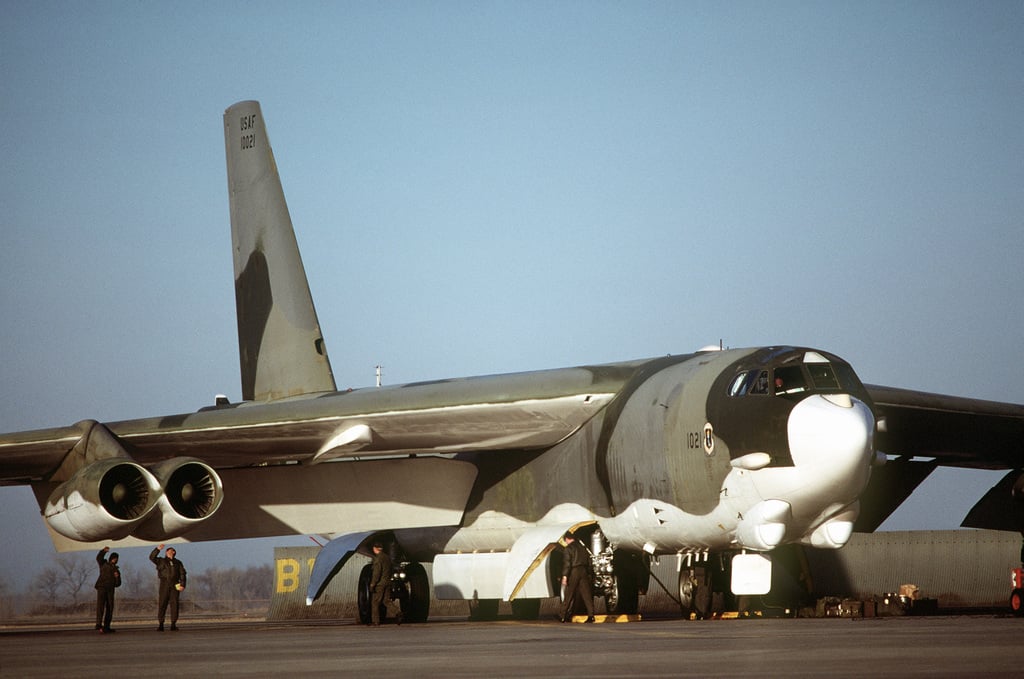
7. Global Context and Competition
Russia’s Avangard boost-glide vehicle and China’s Starry Sky 2 scramjet underscore the strategic imperative of U.S. hypersonic deployment. The B-52’s capacity to transport heavy, bulky hypersonic payloads on new underwing pylons rated at 20,000 pounds apiece makes it a focal hub in America’s response. In contrast to lighter tactical aircraft, the BUFF can remain aloft over disputed areas, poised to deliver repeated hypersonic attacks or serve as a visible threat.
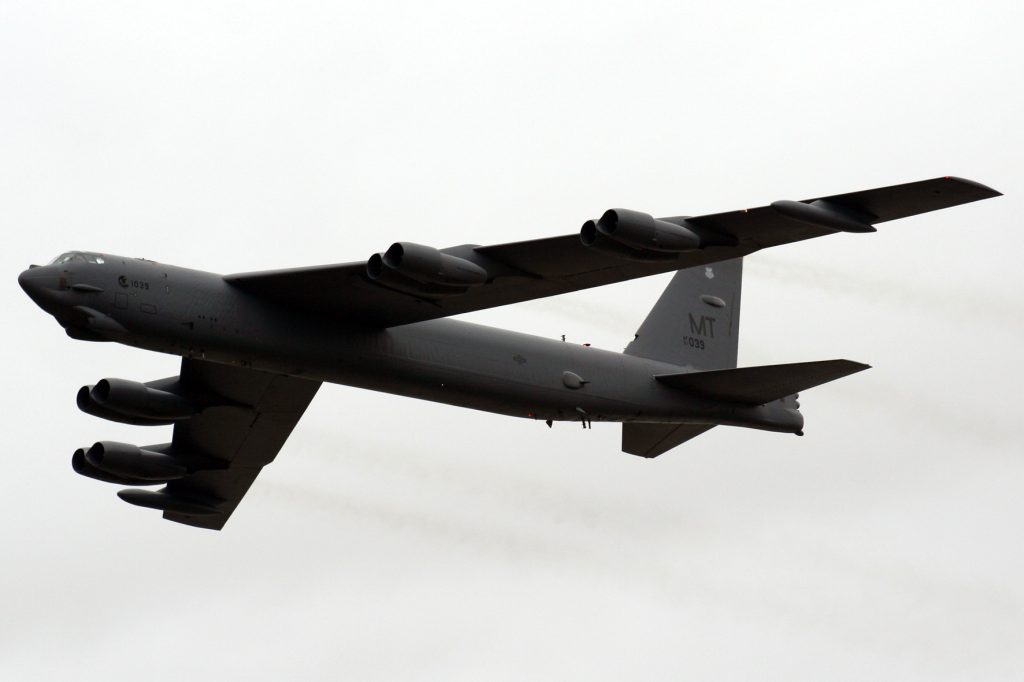
8. Cost, Capability, and Risk
Upgrading such an old airplane is a delicate balance between gaining capability and rising costs. The $2.6 billion price for the radar program and the near-$2 billion development budget for HACM are statements of the cost of mounting advanced systems on a legacy platform. But, according to Darlene Costello, the principal deputy assistant secretary of the Air Force, “We believe we can find an affordable way forward to deliver the needed capability focusing on getting this capability to the warfighter because it’s needed.”
The B-52’s conversion to the B-52J is more than an improvement it is a meeting of Cold War ruggedness and 21st-century strike capability. With hypersonics, cutting-edge sensors, and new powerplants, the BUFF is set to stay not only relevant, but at the heart of, the U.S. strategic inventory for years to come.
